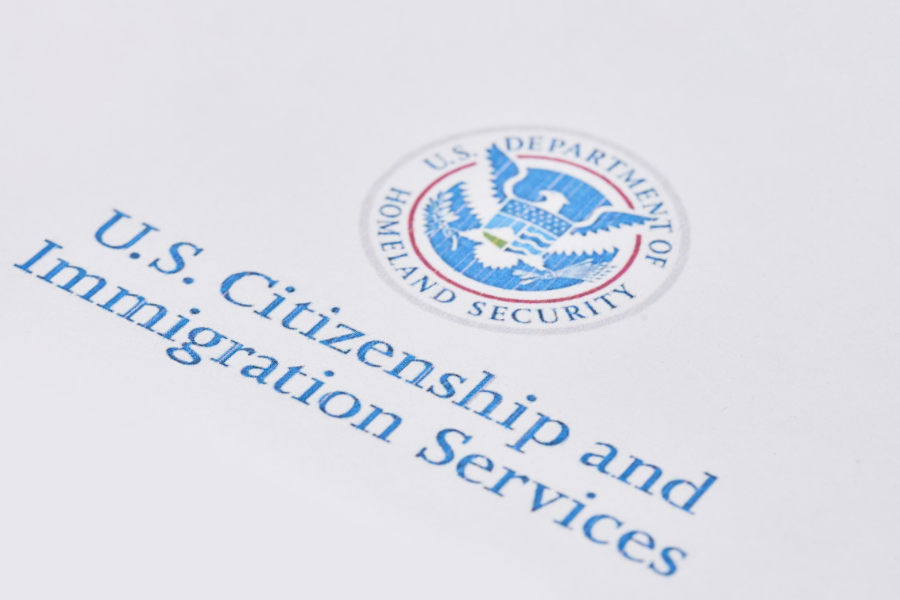On September 20, 2023, U.S. Citizenship and Immigration Services (“USCIS”) published a proposed rule for both H-2 programs, H-2A temporary agricultural and H-2B temporary non agricultural. The proposed rule promises permanent benefits for workers and their U.S. employers during a time of continued labor shortages. After a 60-day comment period, the new regulation will hopefully become law in time for the busiest H-2B filing season in January.
The proposed rule promises not only worker protections, but substantial worker opportunities. Perhaps the biggest promise is that of dual intent, meaning a potential path to citizenship never before defined for temporary H-2 workers. At present, navigating the path from temporary status to permanent residence is complex. Timing is always an issue, and recent retrogressive visa backlogs in countries such as Mexico complicated the process further. Without dual intent, workers are precluded from returning on H-2 once the immigrant petition is pending or approved and forced to remain outside the U.S. until they can consular process their green card, which discourages H-2 workers from accepting permanent residence sponsorship in the first place. Once dual intent is clearly defined in the H-2 regulations, workers will no longer fear preclusion from returning on H-2 while pursuing lawful permanent residence.
The list of benefits in the proposed rule continues, including the following:
- Permanent Portability Provision. The temporary portability rule from the COVID pandemic days is set to expire in January of 2024, but will now be permanent. Previously only available to H-2A workers, now H-2B workers transferring employers while in the U.S. will be able to start working immediately while the change of employer petition is pending approval.
- Elimination of H-2 Eligible Country List – Based on various factors such as visa overstays, some countries are currently precluded from the H-2 list. This is substantial news for nationals of India, for example, and others historically excluded from the H-2 programs.
- Grace Periods – A post-end date 30-day grace period and a 60-day grace period following cessation of work (i.e., termination, resignation) are substantial worker protections previously completely unavailable for H-2B workers and an extension for H-2A workers. Workers will no longer fear accruing unlawful presence in these circumstances.
- 3–year Limit Reset – The H-2 visa has a three-year limit, which is currently reset upon remaining outside of the U.S. for three months. The proposed rule will decrease the reset requirement to 60 days (two months).
The benefits of the proposed rule are welcome news, a true promise of protection and opportunity for workers and flexibility for the employers sponsoring them to return each year. We will provide an update as soon as the proposed rule goes into effect, which will hopefully be before the year’s end.




